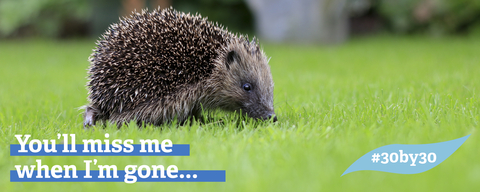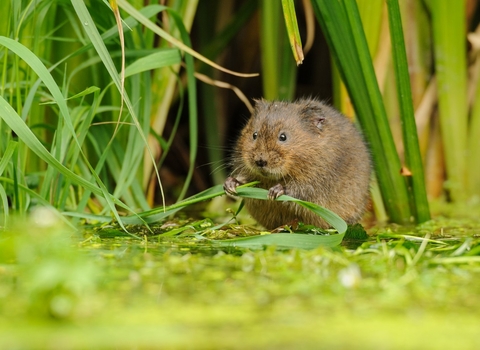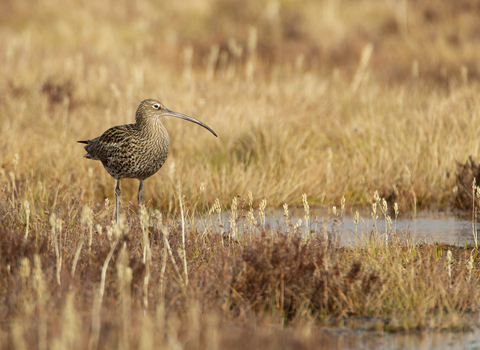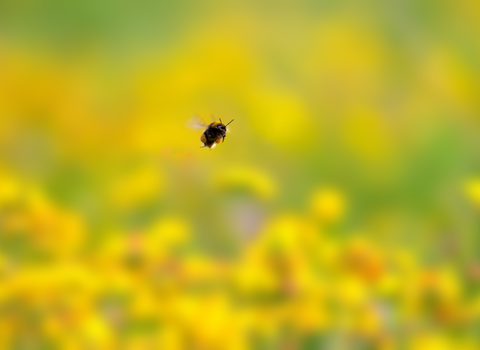
Hedgehog © Tom Marshall
Our natural world is in trouble
This is no secret. Wildlife is disappearing at an alarming rate - some are calling it the next mass extinction - and the threat of climate catastrophe is a constant worry. We live in a time of emergency.
There is still hope - we can tackle both of these critical issues - but we have to act now. Time is running out.
What needs to happen?
The Wildlife Trusts are calling for at least 30% of our land and sea to be connected and protected for nature’s recovery by 2030. Making more space for nature to become abundant once again will give our struggling wildlife the chance to recover and also restore beautiful wild places - places that store carbon and help to tackle the climate crisis.
30% is the bare minimum that nature needs to start recovering but we are far short of this and need your help to turn things around...
The next ten years must be a time of renewal, of rewilding our lives, of green recovery. We all need nature more than ever and when we succeed in reaching 30 by 30 we’ll have wilder landscapes that store carbon and provide on-your-doorstep nature for people too. Everyone can support and help us to succeed.Chief Executive, The Wildlife Trusts
We can do this together
By joining our mission for nature's recovery, you will make a real difference to wildlife and our natural world. Every pound donated will help us achieve our vision for a wilder future. Together we can restore huge peatlands, which store carbon and become a home for threatened birds like curlews and golden plovers. We will create new wetlands, which reduce the risk of towns and villages flooding and are also great for dragonflies and water voles. We will plant new underwater seagrass meadows to soak up carbon and shelter sea horses and other sea life.
Nature has given us so much, it's now our turn to give back.
Your support goes a long way
The Wildlife Trusts have big plans for nature's recovery. Here's just a sneak peek at some of our plans, which we hope to make a reality with your support...



